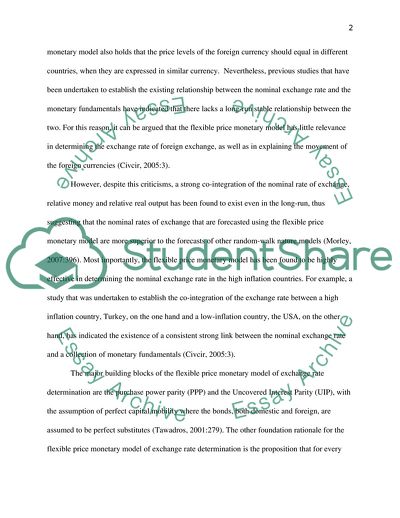Cite this document
(International Finance Essay Example | Topics and Well Written Essays - 1500 words - 8, n.d.)
International Finance Essay Example | Topics and Well Written Essays - 1500 words - 8. https://studentshare.org/finance-accounting/1865020-international-finance
International Finance Essay Example | Topics and Well Written Essays - 1500 words - 8. https://studentshare.org/finance-accounting/1865020-international-finance
(International Finance Essay Example | Topics and Well Written Essays - 1500 Words - 8)
International Finance Essay Example | Topics and Well Written Essays - 1500 Words - 8. https://studentshare.org/finance-accounting/1865020-international-finance.
International Finance Essay Example | Topics and Well Written Essays - 1500 Words - 8. https://studentshare.org/finance-accounting/1865020-international-finance.
“International Finance Essay Example | Topics and Well Written Essays - 1500 Words - 8”. https://studentshare.org/finance-accounting/1865020-international-finance.


